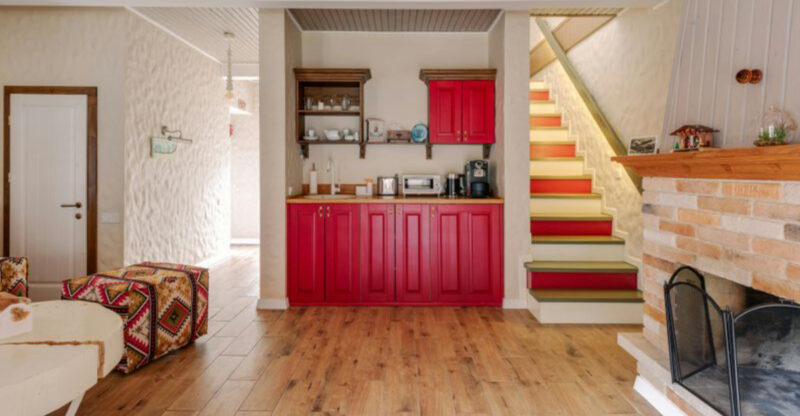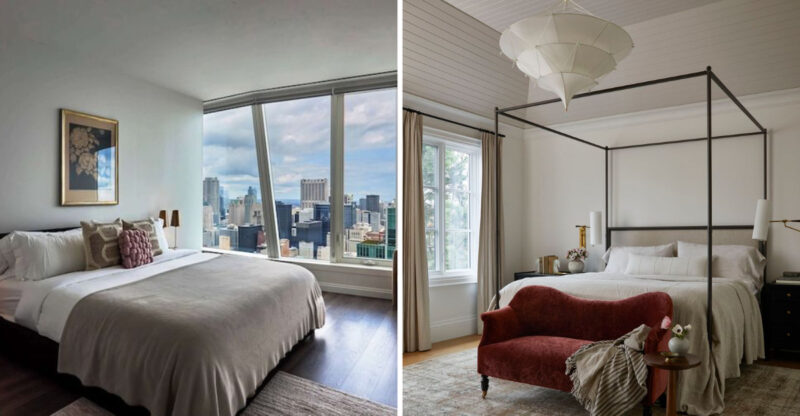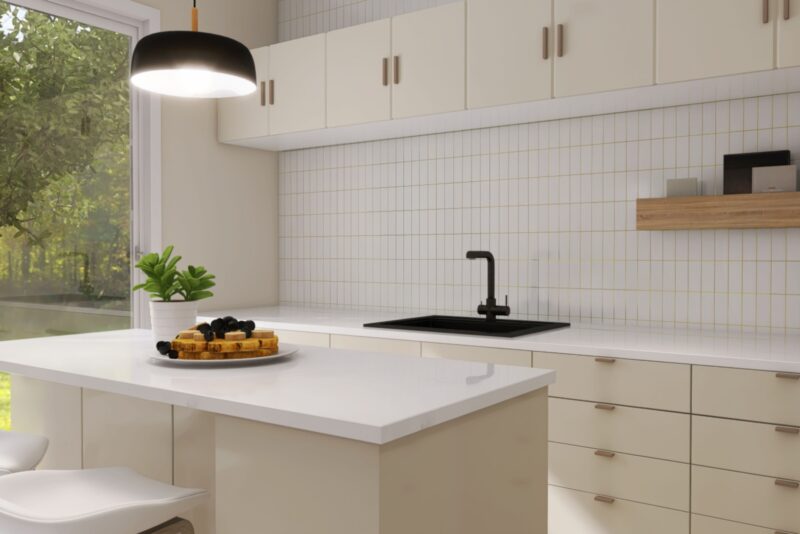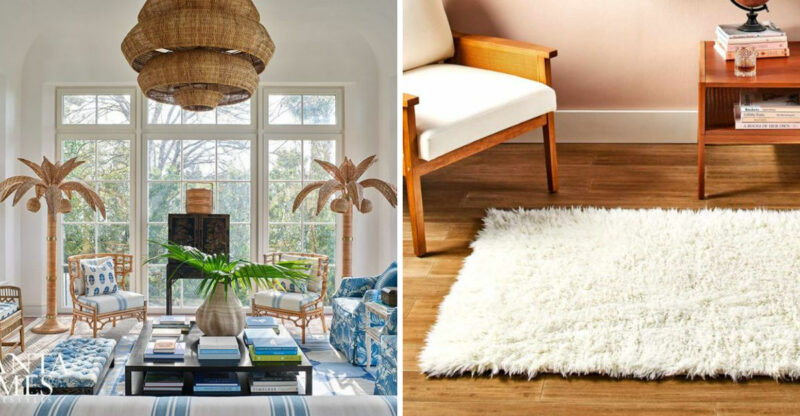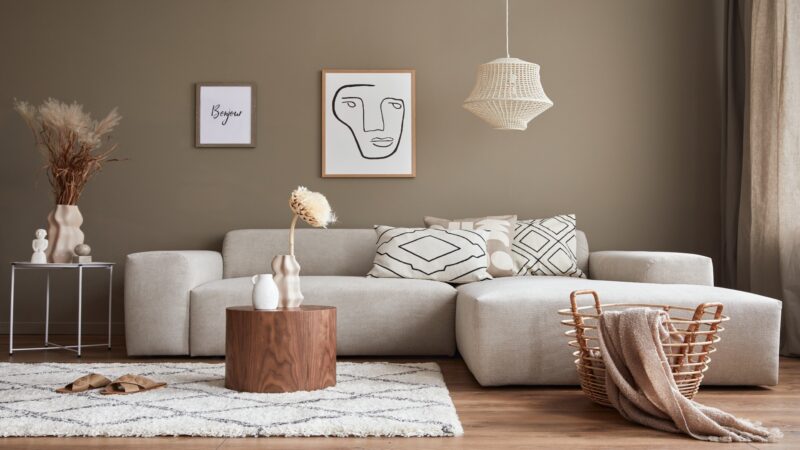Tricks That Could Be Useful In Small Living Rooms
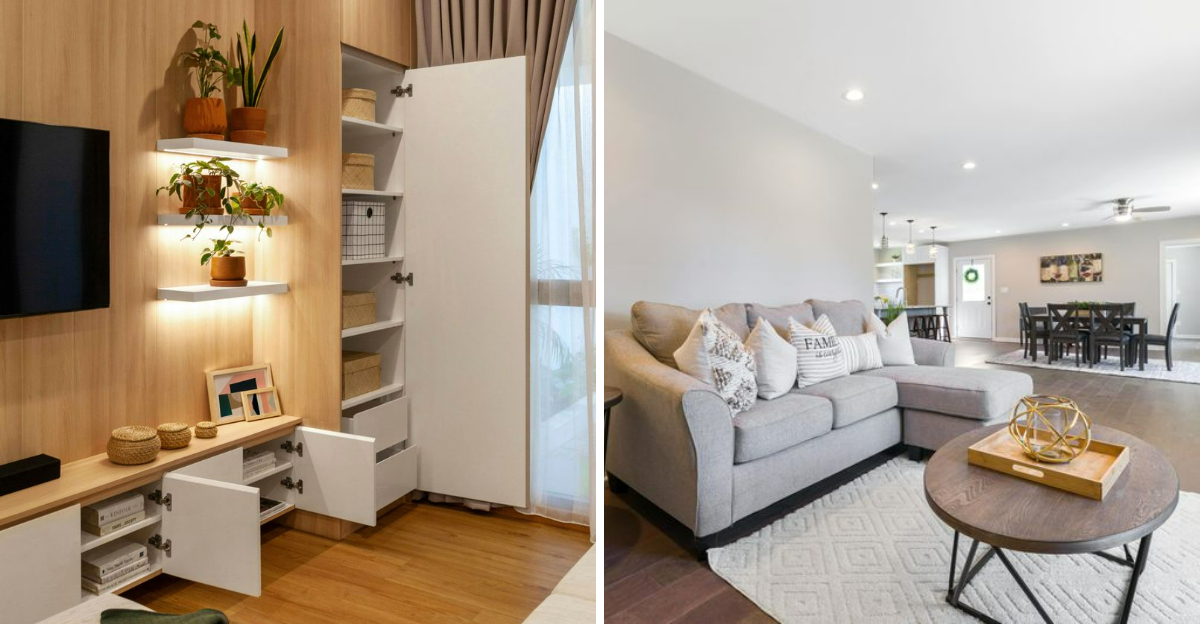
Living in a compact space doesn’t mean giving up on style or comfort. Even small living rooms can feel inviting and practical with the right setup. Whether you’re in a snug apartment or a tiny house, these simple tricks can help you maximize every inch while keeping the space open and welcoming.
The ideas in this article are general suggestions, effectiveness may vary depending on room size, layout, and personal taste.
1. Mirror Magic
Strategically placed mirrors create an optical illusion that doubles your visual space instantly. Positioning a large mirror across from a window reflects natural light throughout the room, making the area feel brighter and more expansive.
Try hanging a statement mirror as a focal point, or create a gallery wall of smaller mirrors for both style and function. Even mirrored furniture pieces like coffee tables can contribute to this space-enhancing effect.
2. Vertical Storage Solutions
Drawing the eye upward makes ceilings appear higher while maximizing often-overlooked wall space. Floor-to-ceiling bookcases or shelving units provide abundant storage without consuming valuable floor area.
Floating shelves installed above doorways or windows turn dead space into display opportunities. Wall-mounted lighting fixtures free up surface space on side tables. Remember that in small spaces, thinking vertically is just as important as the floor plan.
3. Clever Color Strategies
Light colors generally make rooms feel more spacious, but that doesn’t mean you’re restricted to all-white everything. Consider painting walls and trim the same color to eliminate visual breaks that can make a room feel chopped up.
For dimension without overwhelming the space, try the 60-30-10 rule: 60% dominant color (walls), 30% secondary color (upholstery), and 10% accent color (accessories). Monochromatic color schemes with varying textures create depth without visual clutter.
4. Strategic Lighting Layers
Multiple light sources at different heights create dimension in small spaces. Overhead lighting should be supplemented with table lamps, floor lamps, wall sconces, and task lighting to eliminate shadows and create visual interest.
Adjustable lighting lets you highlight architectural features or artwork while downplaying less attractive areas. Dimmer switches allow for mood adjustment without changing fixtures. Well-lit rooms always feel more spacious than dim ones, regardless of actual square footage.
5. Zone With Area Rugs
Defining separate functional areas makes a single small room work harder. An area rug under the coffee table and seating creates a distinct conversation zone even in an open-concept space.
Choose a rug sized properly for your furniture arrangement – all front legs of seating should rest on it. Avoid tiny rugs that look like afterthoughts. The right rug ties furniture groupings together while visually organizing the space, making compact rooms feel purposefully designed rather than just small.

